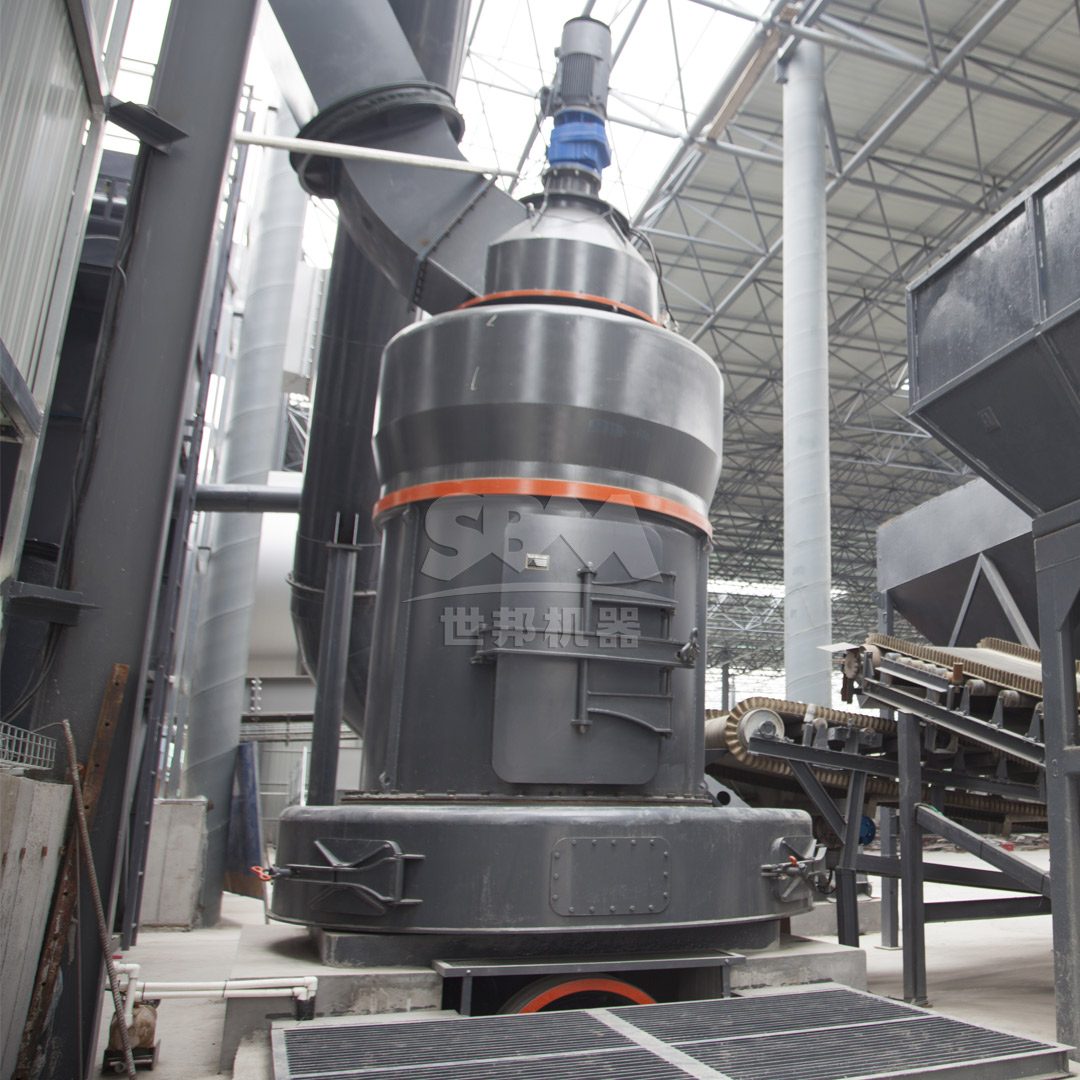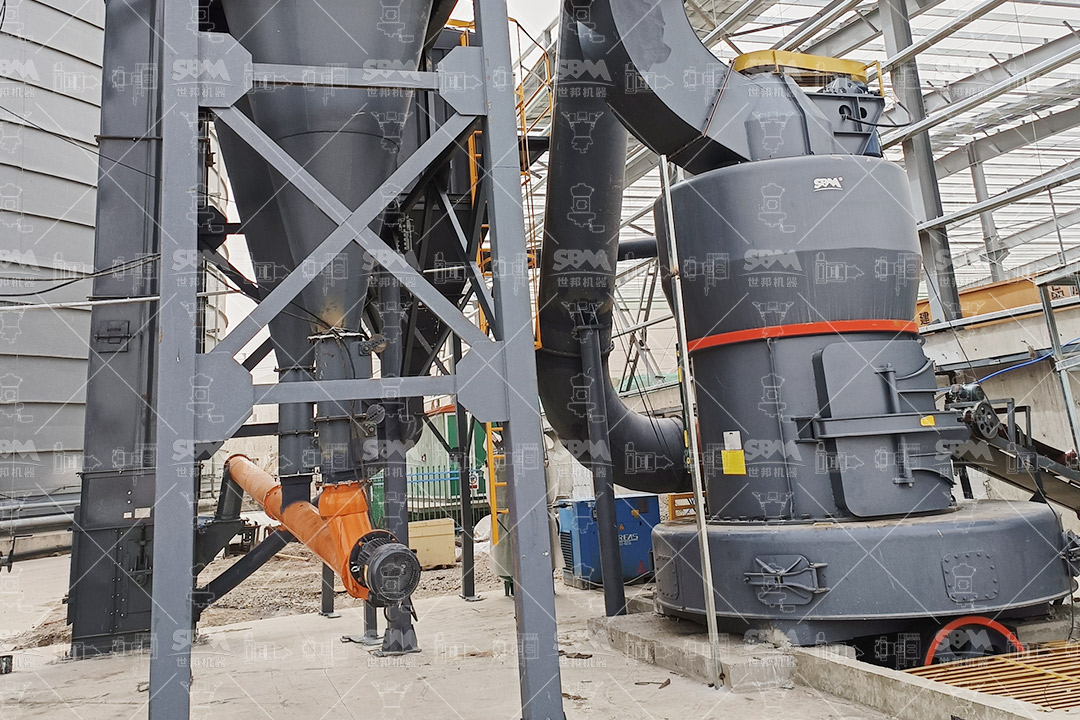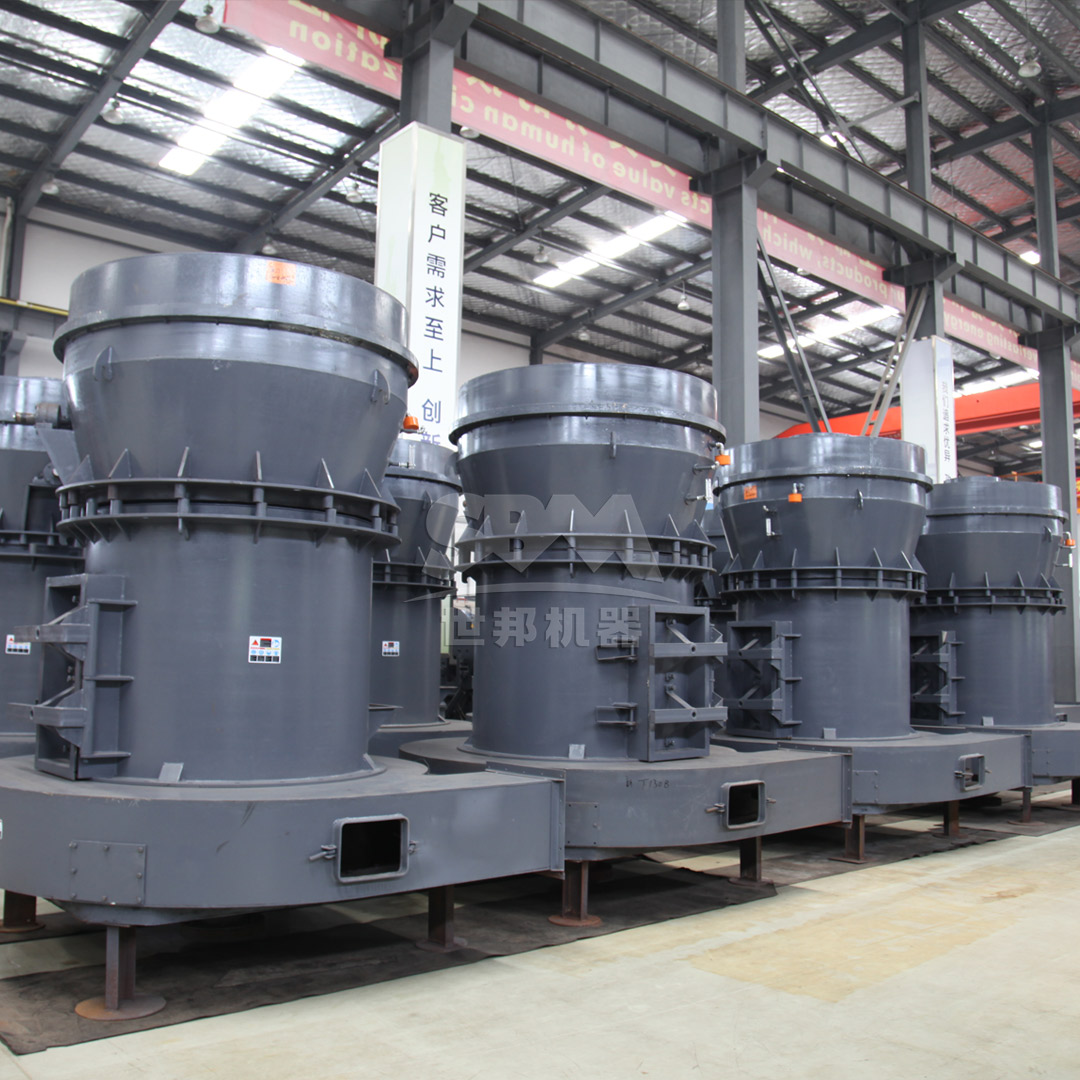The global push for sustainable development has made material recycling a critical component of modern industrial processes. Grinding mills play a pivotal role in recycling operations by reducing various waste materials into fine powders that can be repurposed for new applications. From construction waste and electronic components to industrial byproducts and mining tailings, the efficiency of recycling processes heavily depends on selecting the appropriate grinding equipment.
This comprehensive guide explores the best types of grinding mills for material recycling, examining their technical specifications, operational advantages, and suitability for different recycling applications. Understanding these factors is essential for optimizing recycling operations, reducing environmental impact, and maximizing economic returns.
When choosing grinding mills for recycling applications, several critical factors must be considered:

Ultrafine grinding mills are particularly valuable in recycling operations where materials need to be reduced to micron-level particles for high-value applications. These mills excel in processing electronic waste, certain plastics, and specialized industrial byproducts where particle size directly impacts the quality and usability of recycled materials.
Among ultrafine grinding solutions, the SCM Ultrafine Mill stands out as an exceptional choice for demanding recycling applications. This advanced grinding system offers remarkable capabilities that make it ideal for processing various recycled materials:
| Model | Processing Capacity (ton/h) | Main Motor Power (kW) | Output Fineness (mesh) | Input Size (mm) |
|---|---|---|---|---|
| SCM800 | 0.5-4.5 | 75 | 325-2500 | 0-20 |
| SCM900 | 0.8-6.5 | 90 | 325-2500 | 0-20 |
| SCM1000 | 1.0-8.5 | 132 | 325-2500 | 0-20 |
| SCM1250 | 2.5-14 | 185 | 325-2500 | 0-20 |
| SCM1680 | 5.0-25 | 315 | 325-2500 | 0-20 |
The SCM Ultrafine Mill delivers outstanding performance through its innovative design features. The vertical turbine classifier ensures precise particle size control, eliminating coarse powder contamination and producing uniformly fine recycled materials. Its energy efficiency is particularly noteworthy, with capacity doubling that of jet mills while reducing energy consumption by 30%. This makes it both economically and environmentally advantageous for recycling operations.
For recycling facilities dealing with sensitive materials or operating in urban environments, the mill’s environmental performance is crucial. The integrated pulse dust collection system exceeds international standards, while the soundproof chamber design maintains noise levels below 75dB, ensuring compliance with strict environmental regulations.
Medium-speed grinding mills offer a balanced solution for general recycling applications where high throughput and moderate fineness requirements are paramount. These mills are particularly effective for processing construction and demolition waste, certain plastics, and industrial minerals destined for recycling.
The MTW Series Trapezium Mill represents an excellent choice in this category, combining robust construction with advanced technological features. Its unique design characteristics make it particularly suitable for recycling operations:
With processing capacities ranging from 3-45 tons per hour and output fineness adjustable between 30-325 mesh, the MTW Series offers remarkable versatility for diverse recycling applications. The comprehensive model range ensures that recycling operations of any scale can find an appropriately sized solution.

Vertical roller mills represent the pinnacle of efficiency for large-scale recycling operations where high throughput and energy efficiency are critical. These mills are particularly well-suited for processing mineral-based recycling materials, industrial slags, and construction waste in substantial volumes.
The LM Series Vertical Roller Mill offers exceptional capabilities for industrial-scale recycling applications. Its compact design integrates crushing, grinding, and separation functions in a single unit, reducing footprint requirements by 50% and enabling outdoor installation that cuts infrastructure costs by 40%.
Key advantages of vertical roller mills for recycling include:
| Application Type | Energy Savings | Wear Part Life | Dust Emissions | Noise Levels |
|---|---|---|---|---|
| Mineral Recycling | 30-40% vs ball mills | 3x longer | <20mg/m³ | ≤80dB(A) |
| Slag Processing | 35-45% vs traditional mills | 2.5x longer | <15mg/m³ | ≤78dB(A) |
| Construction Waste | 25-35% energy reduction | 2x longer | <25mg/m³ | ≤82dB(A) |
The operational principle of vertical roller mills makes them particularly efficient for recycling applications. The main motor drives the grinding table through a reducer, while material enters through the central feed chute and spreads evenly under centrifugal force. Grinding rollers apply compression force to achieve material layer comminution, with qualified fine powder carried by hot air to the classifier while coarse powder returns to the grinding table for further processing.
Ball mills remain a reliable choice for recycling operations requiring extreme versatility in processing different material types. Their ability to handle both dry and wet grinding makes them suitable for diverse recycling applications, from powder preparation to mineral separation processes.
Key advantages of ball mills in recycling include:
With throughput capacities ranging from 0.65-450 tons per hour and output fineness between 0.074-0.8mm, ball mills offer scalable solutions for recycling operations of varying sizes. The availability of different lining plate types and grinding media materials allows customization for specific recycling applications.
Hammer mills provide an efficient solution for preliminary size reduction in recycling operations where coarse grinding is sufficient or where materials need initial breakdown before fine grinding. These mills are particularly effective for processing electronic waste, certain plastics, and composite materials.
The technical advantages of hammer mills in recycling include:
With input sizes up to 40mm and output fineness ranging from 0-3mm, hammer mills serve as excellent primary reduction equipment in multi-stage recycling processes. Their simple operation and minimal maintenance requirements make them particularly suitable for operations with limited technical staff.

Electronic waste presents unique challenges for grinding operations due to the combination of brittle components, ductile materials, and potentially hazardous substances. For this application, ultrafine grinding mills like the SCM Series offer distinct advantages:
The ability to achieve consistent fineness between 325-2500 mesh makes ultrafine mills particularly valuable for recovering precious metals and rare earth elements from electronic waste.
Construction and demolition waste typically requires robust grinding equipment capable of handling abrasive materials with varying hardness. For these applications, the MTW Series Trapezium Mill offers an optimal balance of durability and efficiency:
Industrial slags and byproducts often require specialized grinding solutions due to their specific physical characteristics and the high volumes typically involved. Vertical roller mills like the LM Series provide exceptional performance for these applications:
The evolution of grinding mill technology continues to enhance recycling efficiency and sustainability. Emerging trends include:
Intelligent Control Systems: Advanced automation and machine learning algorithms are increasingly being integrated into grinding mills for recycling applications. These systems optimize operational parameters in real-time, adjusting to variations in feed material characteristics and maximizing efficiency. The expert-level automatic control systems in modern mills like the LM Series support remote/local switching and real-time monitoring of running parameters, significantly reducing manual intervention.
Enhanced Wear Resistance: Ongoing developments in materials science continue to improve the durability of grinding components. Special material roller wheels and grinding rings in mills like the SCM Series extend service life several times over conventional components, particularly important when processing abrasive recycled materials.
Energy Recovery Systems: Modern grinding mills increasingly incorporate heat recovery and energy optimization features. The curved air duct design in the MTW Series minimizes airflow energy loss, while intelligent control systems in the SCM Series automatically adjust power consumption based on processing requirements.
Modular Design Approaches: The trend toward modular components, exemplified by the quick replacement system for modular roller assemblies in the LM Series, reduces maintenance downtime and improves operational flexibility in recycling applications.
Choosing the right grinding mill for material recycling applications requires careful consideration of multiple factors, including material characteristics, throughput requirements, desired product specifications, and operational constraints. The diverse range of available grinding technologies ensures that suitable solutions exist for virtually any recycling application.
For operations requiring ultrafine grinding of high-value materials, the SCM Ultrafine Mill offers unparalleled performance with its precise classification and energy-efficient operation. For general recycling applications with moderate fineness requirements, the MTW Series Trapezium Mill provides an excellent balance of capacity, durability, and operational efficiency. For large-scale recycling of industrial byproducts and minerals, the LM Series Vertical Roller Mill delivers exceptional throughput and energy savings.
As recycling continues to grow in importance for sustainable industrial practices, advances in grinding technology will further enhance the efficiency and economic viability of material recovery processes. By selecting appropriate grinding equipment and implementing optimal operational practices, recycling operations can maximize both environmental benefits and economic returns.